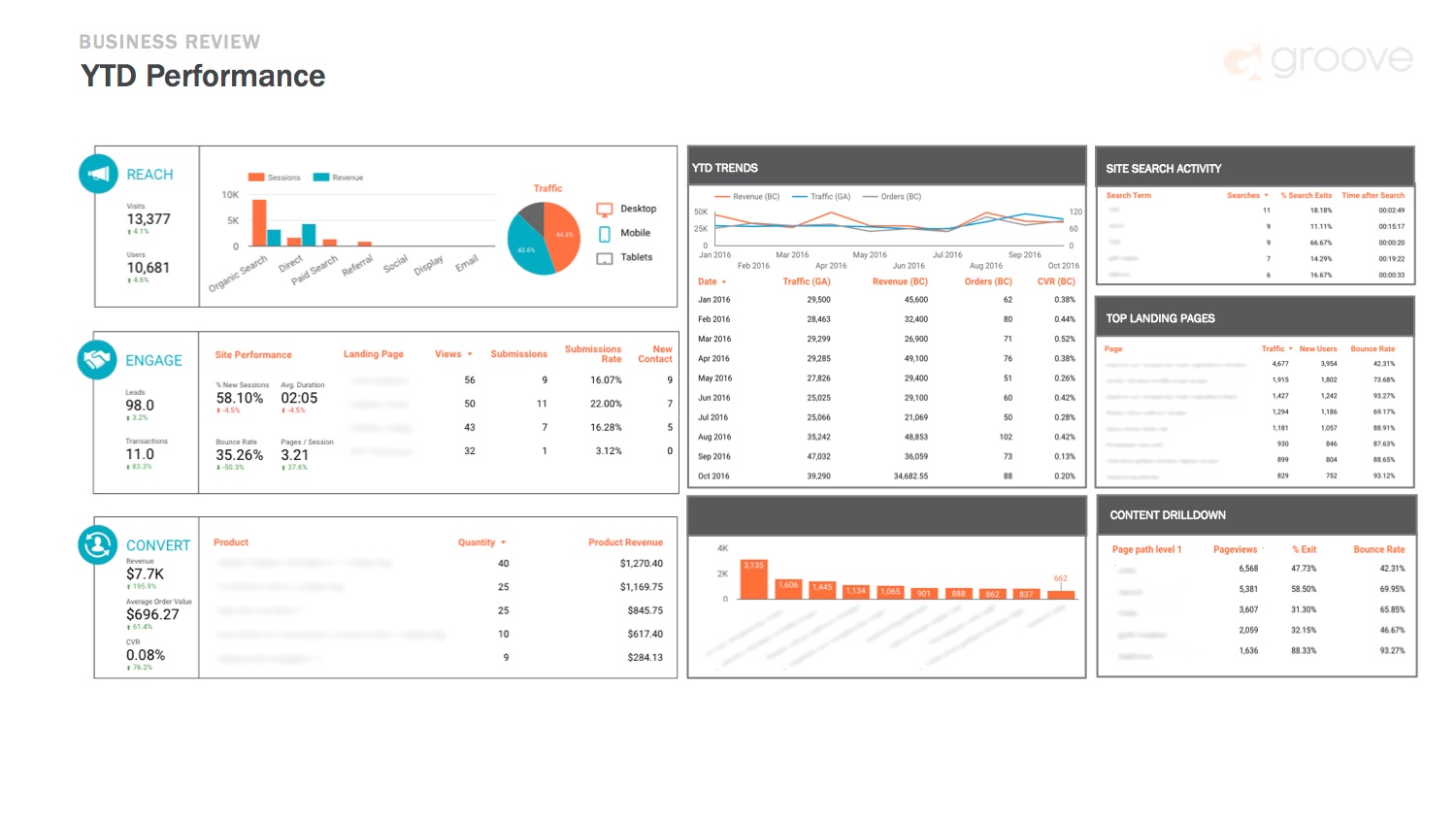When I search for “marketing metric recommendations,” I found 26 million different articles. With another search of “marketing metrics examples,” I found 968,000 articles. The frustrating part of this is that I could not find any one article in the first three pages of results that I completely agreed with from start to finish!
That being said, I am just another “voice” amongst hundreds of thousands of articles on marketing metrics. But I wanted to offer an alternative view to many of the most commonly held (and published) theories.
Things to Remember when Reviewing Marketing Metrics:
Hindsight is 20/20
When looking at marketing metrics, it is important to remember that they aren’t there to prove a point, but more importantly to provide a benchmark for success.
When digging into metrics, remember that hindsight is 20/20. The marketing team took several prescribed actions (e.g. increased PPC budgets, sent 3x emails, focused on a new topic in our social stream) and the metrics tell us what happened from those actions. Then we ask ourselves, “What actions/priorities should we focus on next based on what we were previously engaged in and what we saw happen?”
 If the data is too inconclusive, then perhaps you need to widen your view or you simply have the answer that your marketing didn’t work – but this is dependent on the normal sales cycle for your individual product type.
If the data is too inconclusive, then perhaps you need to widen your view or you simply have the answer that your marketing didn’t work – but this is dependent on the normal sales cycle for your individual product type.
Big Audacious Metrics Don’t Tell the Whole Story
When reviewing a number of the articles that came up in search results, many of them focused on what I call the “Big Audacious Metrics” – things like Lifetime Value of a Customer (LTV) or Customer Acquisition Cost (CAC) or the very important one Marketing Return on Investment (ROI).
While these metrics are important, often the numbers themselves are difficult to ascertain in such a small review window, or they won’t specifically move up or down with a limited number of transactions. If you do choose to look at these because they are readily available in your marketing analytics, make sure that you segment out these numbers within a shorter period against a longer historical average to highlight how your CURRENT marketing tactics are working.
As a side note, one of the best uses of the CAC and LTV is at budget time. If someone asks you for 20% growth next year against 10% increase in marketing spend, focusing on the total cost to acquire each customer and the overall lifetime value of the customer are a great way to balance out the finance department’s desire to simply assign a nice round number of growth to your team’s responsibility.
It’s All Relative
Another important factor when reviewing metrics is to pay special attention to the trends over time. It is critical that you understand whether or not a rise or fall in your number is good or great as it relates to a relative time period and that may not only be last week/last month or as simple as Year-over-Year.
I always recommend reviewing multiple data points; for example, looking at YoY is good for seasonality, but it would also be good to look at your metrics against a rolling average of the last 12 weeks for recent context. If you’re looking at weekly data, you should look at the last 12 weeks while monthly should be analyzed against the last 12-month average to see how effective you are being.
While I could continue to provide reason after reason you should look at certain metrics over others and how important time context is, this would be a great opportunity to point to my colleague’s article on the 3 eCommerce Metrics You Should Be Monitoring Monthly. In this article, Joe Bachir highlights Groove’s use of Reach / Engage / Convert metrics to provide the executive summary and explains why each of those categories are important.
These are some of the considerations I take when reviewing analytics for over 30 organizations as Groove’s Chief Client Officer. So in your search for the perfect marketing metrics formula, I hope you’ll keep these points in mind before going down the rabbit trail of endless articles and opinions.



